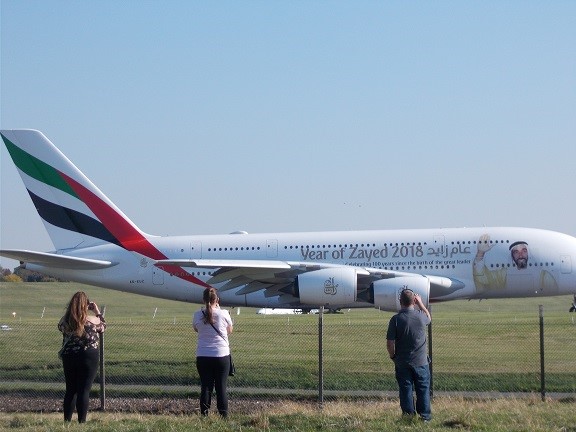Do you constantly look up into a clear blue sky and marvel at the sight of a large tin bird leaving contrails? Are you inspired to find out more and perhaps start a new hobby? Then plane spotting may be for you! Now that we have longer days and hopefully warmer weather soon, it’s the ideal time to consider what’s involved in this interesting pastime. The current pandemic situation shouldn’t put you off. There may not be much to see, but it’s a good time to prepare for a return to normality.
Commercial and military aircraft are probably the two most popular categories, due to the abundance of airports and air shows. Whilst the current crisis has decimated air travel, there continue to be opportunities to see military training flights, cargo airlines that don’t usually visit your local airport or general aviation in controlled airspace. Tweets from the RAF now announce when and where their larger aircraft can be seen. Now, military exercises are providing many spotting opportunities for USAF, NATO and aircraft from other countries’ air forces.
So, how do you start plane spotting?
Apart from a pen and notebook, binoculars and a camera are essential. There are also books to aid aircraft recognition, such as Civil Aircraft Markings, although these soon become out of date due to fleet additions/withdrawals and airline updates. A hand-held scanner tuned into air traffic control radio frequencies allows you to listen to their conversations with pilots. You can even do this from home!
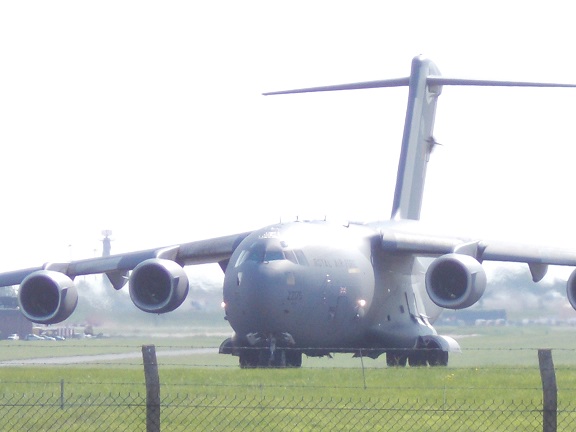
Find a designated area at your local airport or in an adjacent park. You may even be lucky to live close enough to an airfield to spot with the naked eye or binoculars. Sadly, many airports have now closed on-site spotting facilities due to expansion and heightened security. However, some retain outside viewing areas often with static displays, picnic tables and cafés. Special events also held during school holidays. Whilst access to general aviation airfields is relatively easy, there are restrictions on spotting at military ones so it’s best to check before just turning up. On the same theme, the hobby is not universally recognised in many countries. Cultural and language barriers mean it’s essential to join a properly organised trip instead of solo spotting.
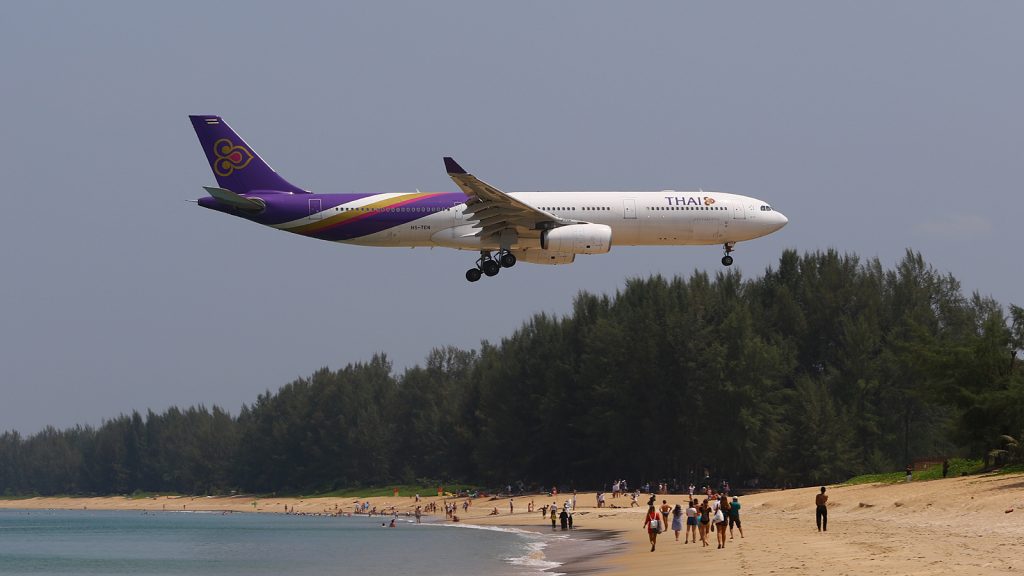
Spotting at Phuket. Photo (c) Erik Ritterbach
Around the world, many locations provide a fantastic backdrop for spotters even when on vacation. The popular ones being St Maarten, Skiathos and Madeira. There may also be opportunities to spot aircraft more suited to the environment, such as seaplanes. The Kenmore Seaplane base in Seattle is one such site.
[The Best Places to Go Plane Spotting]
Spotting can include helicopters, gliders, balloons, airships and microlights. If living somewhere with an incredible amount of air traffic, for example London, Chicago, or Frankfurt, you may wish to narrow it down to just commercial airliners. If you live in areas of empty airspace such as the countryside, outback or the Arctic region then you may wish to broaden the range. It’s really up to you!
Where can I get support for my hobby?
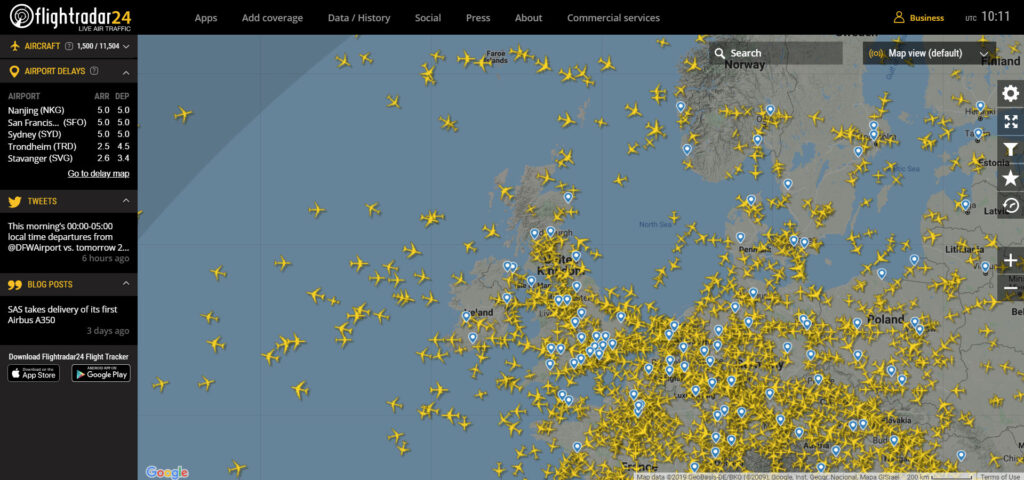
As expected, the internet now provides lots of information. Airport websites will display live arrivals and departures. Many sites exist where aircraft can be tracked and very often there’s no need to log in. They are also useful to log those aircraft overflying, such as transatlantic ones. FlightRadar24 (FR24) and FlightAware are the most popular free ones. FR24 also offers a subscription service which gives access to a lot more information such as aircraft age, manufacturer’s serial number and squawk. There’s also access to their tweets and a podcast called AvTalk. FlightAware provides an opportunity to post your photos on site. Both offer weekly newsletters covering interesting topics such as why a particular engine sounds the way it does. Other sites can offer access to an extensive database of sightings and history. Your sightings often added via an interface with FR24. Photos and videos can be uploaded; there’s also likely to be a discussion board, blog and social area for posting messages of interest. Individual spotters create their own websites to display photos and provide information on new services, weather, runway in use. They will also publish details of any visits by unusual aircraft in advance, to record something different in their logs. Twitter is now used extensively for posting photos from airports around the world. Enthusiasts have also compiled lists of military aircraft callsigns. Service personnel seem to have vivid imaginations. You could find a Serpent, Lager, Snake or Comet in the sky especially during military exercises.
How can I distinguish between different models of the same aircraft type?
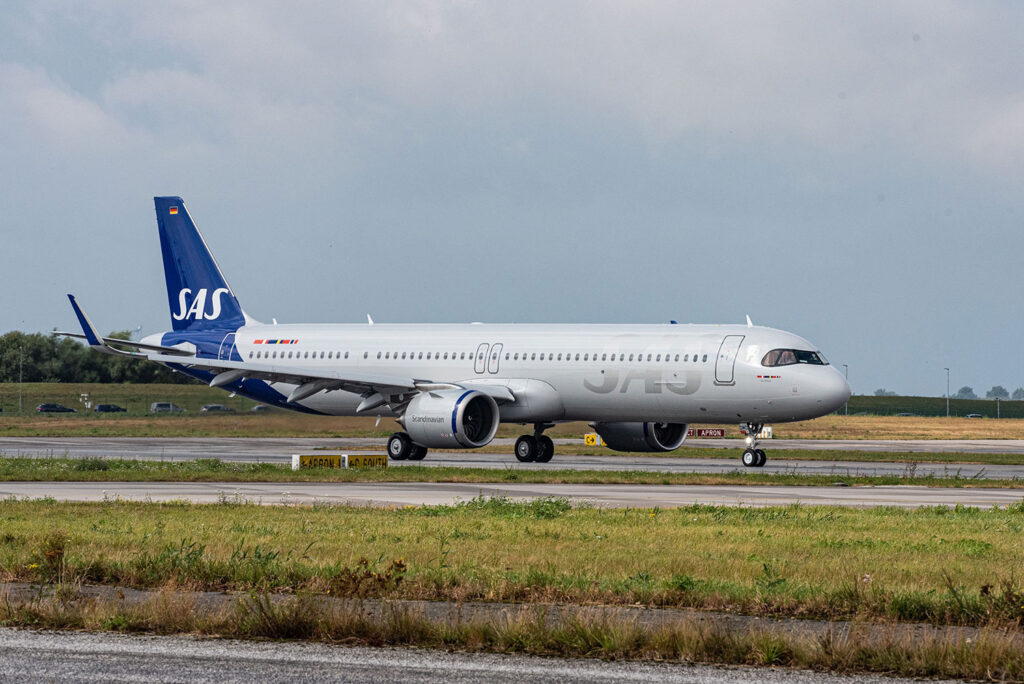
Although you can spot in any way you wish, there are many indicators to assist in identifying aircraft type; comparison can be drawn with the many models of the same car. Basic differences between aircraft manufacturers are easy to distinguish. The number of over-wing emergency exits, or lack of passenger windows can separate one Boeing 737 variant from another and whether it’s carrying passengers or freight. Noting registrations builds up more information about make, size, age, history and country of origin to aid recognition. Then there’s the livery. Part of their marketing strategy, commercial airlines want to stand out at the airport to encourage customers, so use eye-catching designs. Emirates, for example, often paints their aircraft to emphasise environmental concerns, to promote their sponsorship of renown football teams such as Barcelona or historical events. Camouflage is extremely important to military aircraft, although they often carry a registration and squadron insignia. Listening to ATC transmissions will also help to identify different airlines and their callsigns by non-visual means.
[Flying Firsts – Our Full Colour Airliner Reference Guide Book]
What else is needed to enjoy my new hobby?
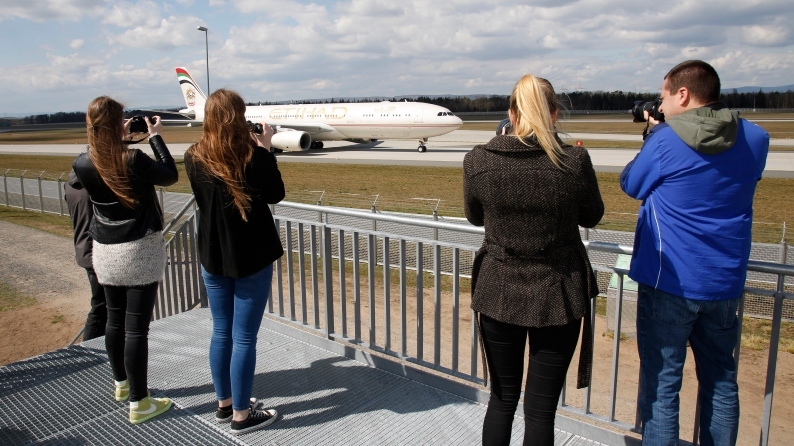
Plane spotting is a great social activity, giving much enjoyment. Getting outdoors, making in-depth observations, “collecting without clutter” although it often leads to purchases of many scale models and memorabilia. It’s also a particularly good excuse to use the fancy digital camera equipment you may have recently purchased!
If you intend to make a day of it then you’ll want to be comfortable, fed and hydrated! A fold-up chair, thermos flask/water, snacks/packed lunch, plus rug and warm clothing if the weather’s cold; sunscreen and hat if it’s hot. Lightweight steps are useful if you’re likely to be hampered by a high perimeter fence or crowds of spotters. Whilst not essential, a hi-viz jacket might be useful, especially if your favoured position is close to a busy road. In close proximity to the airfield perimeter, it’s essential to remember a few basic rules. Take your litter home if no bins are provided; even a crisp packet getting into an aircraft engine causes damage running into thousands of pounds/dollars. As birds and aircraft also don’t mix, please do not drop food. It’s also important not to congregate in front of an access gate; you are highly likely to be moved on by airport security or the Police.
Is plane spotting useful to the airport authorities?
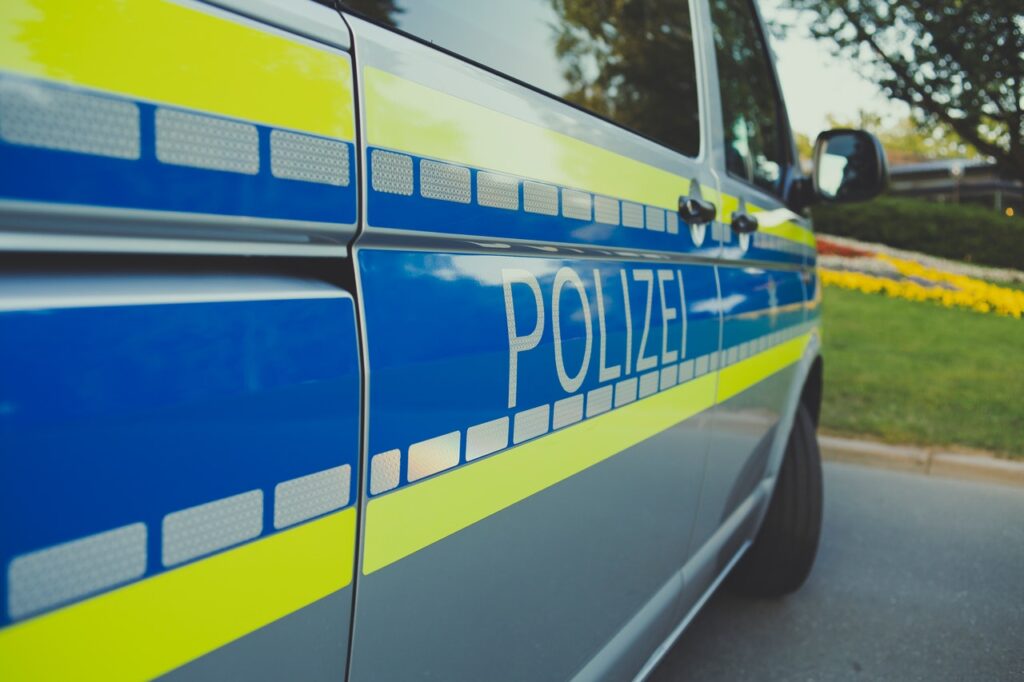
Most airports encourage spotters to report any unusual activity. This can be animals or birds nesting close to the perimeter. Also, security breaches such as broken fences should be reported. In the UK, there’s a code of conduct for aircraft spotters introduced by the enthusiasts’ club LAAS International. Their website contains more information. Reporting suspicious behaviour is actively encouraged by this organisation. If you usually spot from the same position each time, then it’s always good to look around for anything out of the ordinary.
So, is plane spotting a popular hobby?
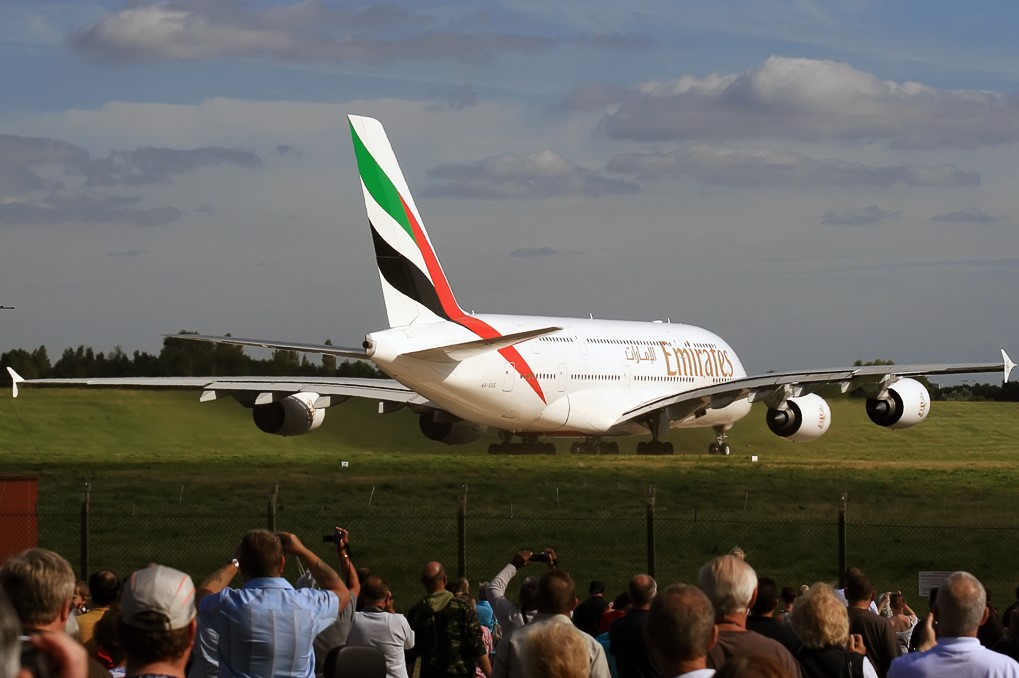
Photo (c) Wikispotters
Yes, it is. The image above only shows a fraction of the crowd at Birmingham International Airport when Emirates began their A380 service. The carpark of a local drive-through fast food outlet also provided an excellent vantage point on that day. Concorde, when it was still active, could attract tens of thousands of enthusiasts even at smaller airports like Leeds Bradford.
It’s amazing how many people think it’s a boring or “nerdy” hobby, only to get the bug after their first or subsequent visits. Although purely optional, you could take a friend. If you’re alone, there’s often opportunities to chat to other spotters who are always keen to pass on their knowledge. You may even get an invite to join their group online, at the pub or both. The stranger next to you could be an aviation employee, past or present, who also has a wealth of knowledge to share. Aviation enthusiasts’ fairs are also held in many areas, giving opportunities to meet like-minded people and purchase memorabilia.
The hobby is open to everyone. Parents, grandparents and other relatives can actively encourage children to expand their interests. Don’t be surprised if you find women taking photos and recording registrations. Please stop for a chat. Lady spotters are deeply knowledgeable and can talk about more than the colour of the aircraft!
Article by Julia Prior
 World Airport Spotting Guides
World Airport Spotting Guides
We produce a popular guide book covering the best places to spot at hundreds of airports around the world.
World Airports Spotting Guides has maps, descriptions of the best spotting locations, information about airlines and aircraft you’ll see, and lots more information besides.

